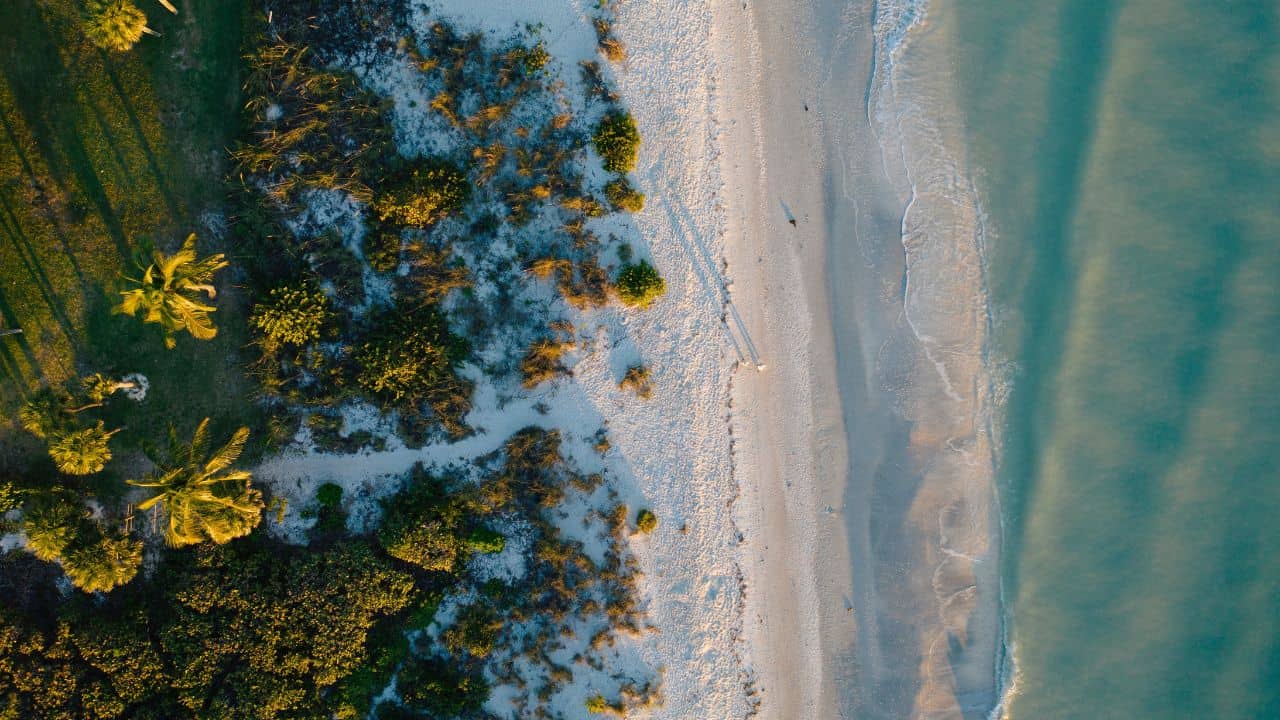Primitive camping in Florida offers an opportunity to explore a subtropical paradise that boasts of over 250 days of sun annually, endless gorgeous sandy beaches, and a rich fauna of reptiles that could rival Jurassic Park.
Occasional encounters with Burmese pythons and alligators in and around the Everglades only add to the intriguing charm of this state. With vast expanses of secretive small island hideouts, beautiful sandy beaches, forest pullouts, and swampland with dry sections perfect for pitching a tent, Florida is an excellent choice for free primitive camping.
This guide delves into the details of primitive, aka free camping in Florida, where many of the campsites are a part of wilderness areas, making RVs unsuitable for some locations listed here.
However, a plethora of fantastic tenting and backpacking options are available, ready to help you get to know this scenic state in great detail – but don’t forget to bring your mosquito spray!
Overview of Free Camping in Florida
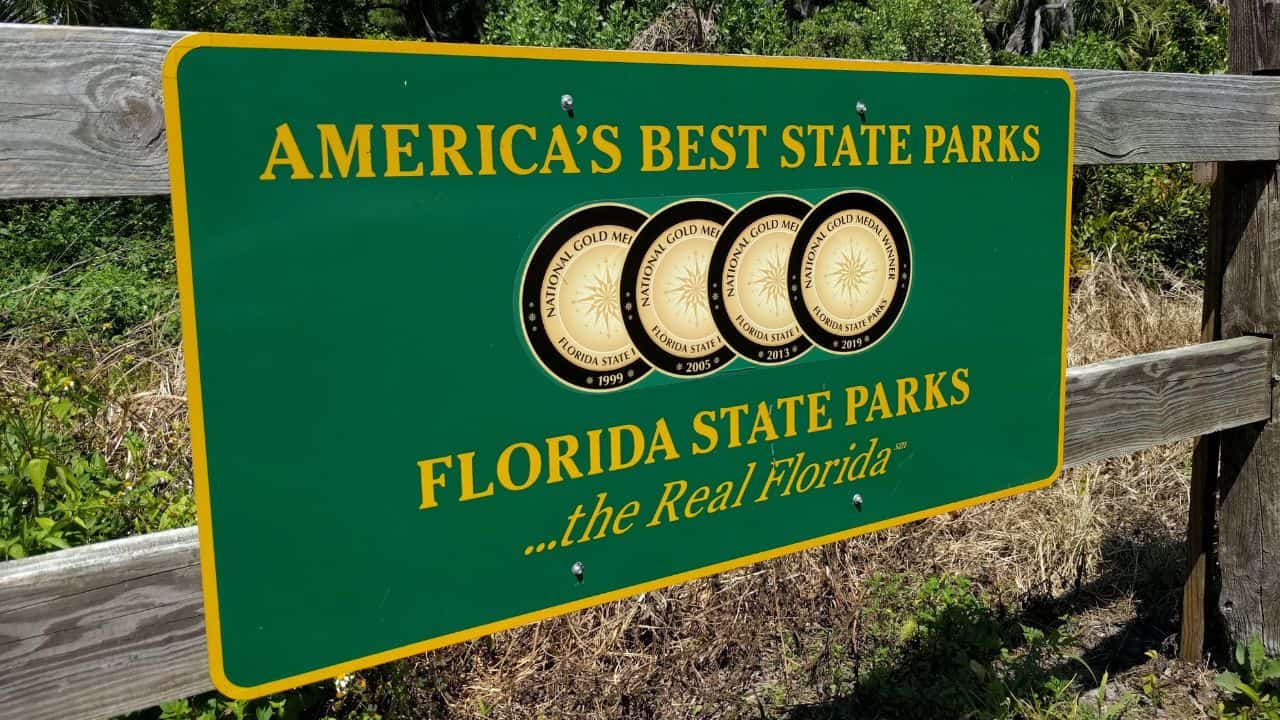
Florida is where you’re at most 60 miles from a significant body of water at any given geographical point.
Whether it’s the Atlantic Ocean and the 825 miles of beaches providing access to it, one of the 7,700 lakes, or the many rivers and creeks passing through the Sunshine State, dehydration will not likely be the reason for your demise if you get lost in the wilderness.
Burmese pythons and crocodiles, on the other hand, are a different story (as a matter of fact, that’s crocodiles AND alligators. Florida is one of the rare places on earth where these two species cohabitate).
Joking aside, you will be fine if you adhere to the safety precautions the Florida Fish and Wildlife Conservation Commission has issued.
Thanks to Florida’s massive biodiversity, you can find campgrounds in the middle of scenic forests, around lakes, in swampland, and on some of the most beautiful beaches in the US. Additional activities you can enjoy apart from camping include swimming, hunting, hiking, boating, fishing, nature-watching, and many others.
Best Primitive Campgrounds in Florida
There are so many different types of campgrounds in Florida, you will have more options than you’ll know what to do with.
Whether it’s RV-ing, tenting, backpacking in the outback, or hammocking on a beach – Florida’s the place for you.
Here are my favorite free primitive campgrounds in the US’s Sunshine State.
Big Gully Landing
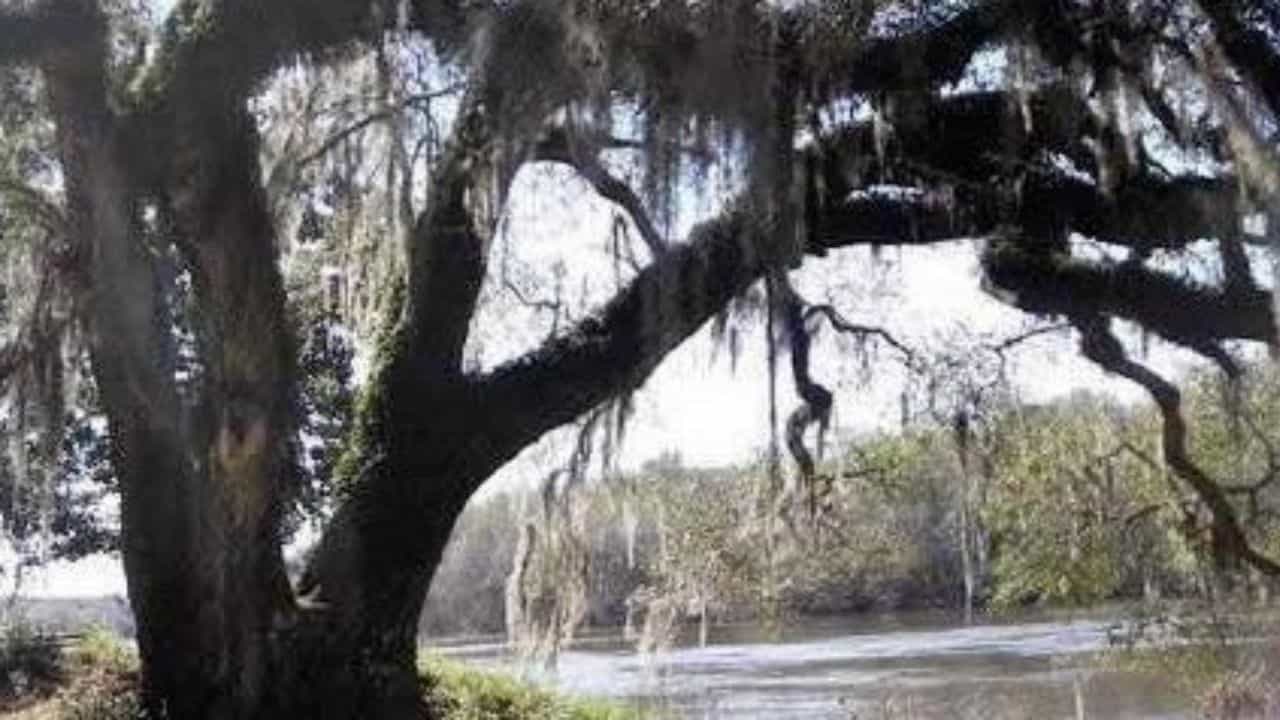
- Map
- Toilets: no
- Water availability: no
- Visitor frequency: medium
Sitting within the mysterious and enchanting Apalachicola National Forest, Big Gully Landing represents a one-of-a-kind campground that will make you feel like you’ve teleported yourself back to the Jurassic period.
Big Gully is a unique natural ramp for fishermen and boaters who want to explore the Apalachicola River, which is just six miles away from this campground. Exploring this region, you can easily imagine you’re somewhere in the Amazon, passing by the verdant vegetation through a broad, murky river.
The reason behind the rather curious appearance of this place would be its immense territory that spans multiple natural habitats, including beaches, caves, forests, mini lakes and clear, secretive creeks flowing beneath low-growing vegetation.
Thanks to this eccentric terrain, the list of activities you can enjoy at Big Gully goes on and on. Bird watching, swimming, hiking, fishing, paddling, horseback riding, and even OHV off-roading are the most prominent exploration-worthy pursuits you can enjoy other than camping (to learn more about the local regulations regarding fishing, visit this page).
Besides the boat ramp, the campground features no amenities and functions based on a first-come, first-served basis. For this reason, complete self-sufficiency is a must if you want to visit this place for a bit of primitive camping.
Bradwell Bay Wilderness
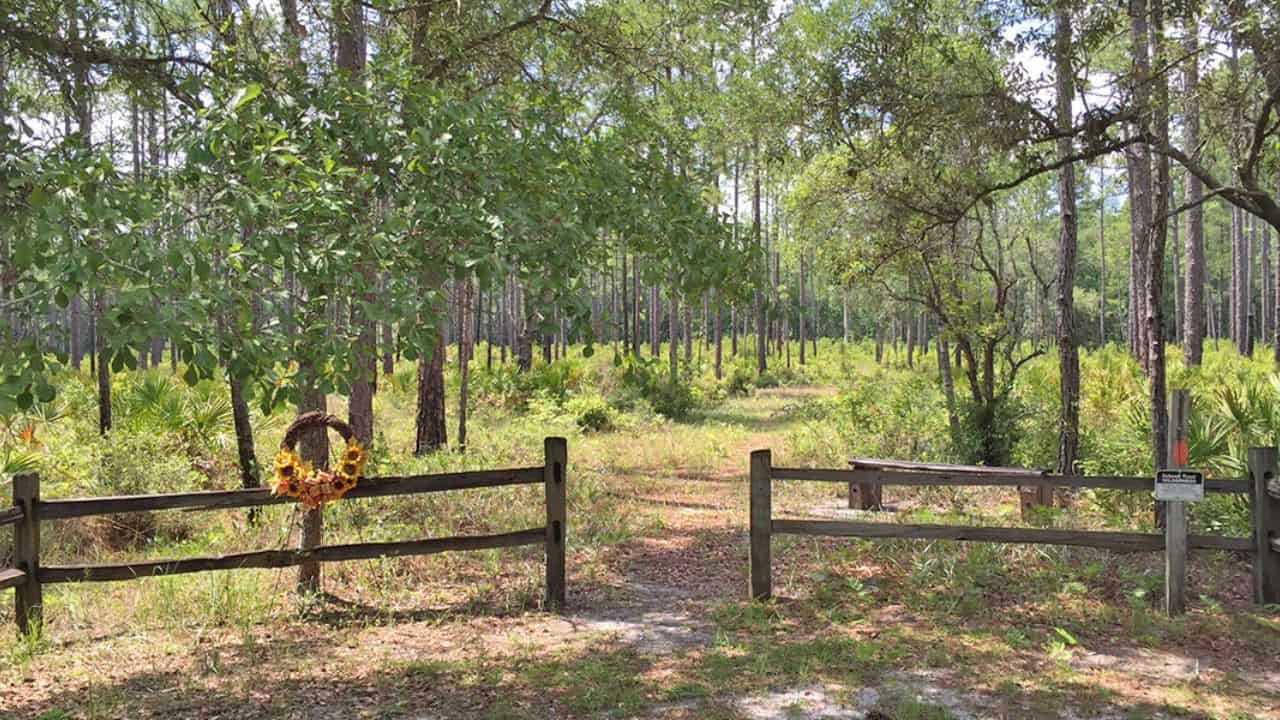
- Map
- Toilets: no
- Water availability: no
- Visitor frequency: low
The subtropical climate, plenty of rainfall, and hot sticky summers are what await you at Bradwell Bay Wilderness area in northwestern Florida. Spanning more than 24,000 acres of swamps, titi trees, and small ponds that hide submerged pine logs and even more titi trees, this place offers a perfect challenge for an avid explorer looking to pitch a tent at a beautiful campground with a wet, dynamic, and vivid ecosystem spreading around you in all directions.
Camping at this campground means navigating the many submerged patches of the local terrain and finding pieces of dry land – typically islands of soil where longleaf pines and wiregrass dominate the scenery.
Unsurprisingly, this area is a favorite for many animals who lurk in the submerged Titi groves and creep around dry pine sections looking for food and shelter. Most notably, white-tail deer and black bears represent giant species covering the dry teams of Bradwell Bay. As for the submerged and wet areas, alligators represent the top of the food chain.
If you’re an avid hiker, you can attempt tackling the famous Florida National Scenic Trail. This major non-motorized, 1,500-mile hiking trail goes past some of the most beautiful parts of Florida. Be warned, though – depending on the amount of rainfall, some parts of the course can get submerged, making passage somewhat challenging.
Expect no amenities once you’re in Bradwell Bay Wilderness, and make sure to put everything you need in your backpack. Also, checking the most recent weather forecast before you start your camping expedition is always a good idea. You can restock your supplies in the nearby town of Sopchoppy.
Alexander Springs Wilderness
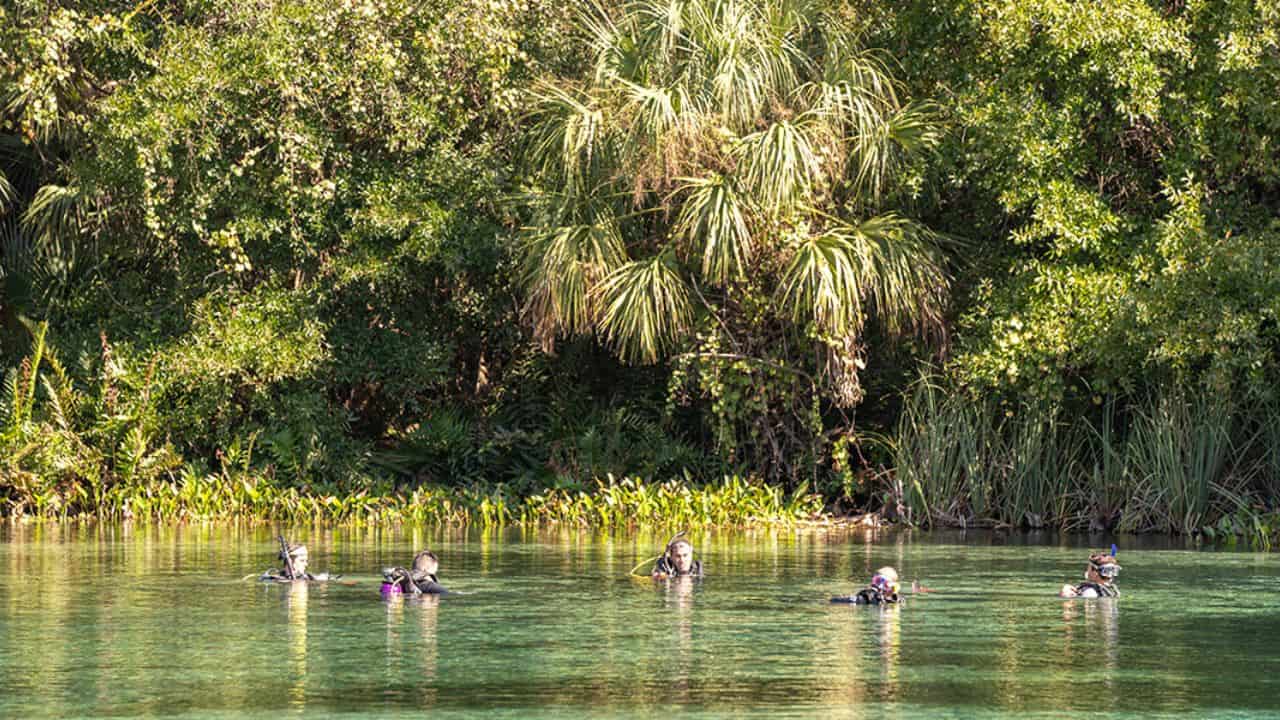
- Map
- Toilets: yes
- Water availability: yes
- Visitor frequency: medium
Alexander Springs Wilderness is a bridge connecting the eponymous Alexander Springs and Lake Dexter, representing another central wilderness area that you can explore with a rucksack on your back or by pitching a tent on some of the drier sections of this large expanse of wilderness.
While you can book a campsite at Alexander Springs, if you’re looking for a primitive camping experience, there is a whole expanse of almost 8,000 acres of nothing but mysterious swampland, hardwood forests, scrub habitats, and all sorts of mini lakes, rivers, and creeks.
There are no amenities here, so carrying everything in a backpack is necessary. To restock your supplies, you can visit one or both of the nearby towns of Altoona and Astor.
The reason why I mention backpacks is that motorized vehicles are not permitted anywhere in this region. The USFS rule also states that you must not camp within 200 feet of trails or roads and 100 feet from water sources.
An important notice: Contact the local district office before starting your exploration journey through this wilderness area. You can learn more about the current weather conditions and receive some crucial advice on how to approach long treks and what supplies to carry.
Murphy Island
- Map
- Toilets: no
- Water availability: no
- Visitor frequency: medium
Hidden in the swampy groves of northern Florida, Murphy Island represents a unique primitive camping opportunity not for those faint of heart. Since this secretive island hideout is only accessible by boat, carrying all your supplies and rationing them accordingly, depending on how long you plan to stay, is a must. For the record, a couple of cans of bug spray mosquito repellent should be on the list of your must-carry items for this expedition.
Other than being surrounded by water, Murphy Island is also a place that gets a considerable amount of rainfall annually. For this reason, carrying rubber boots and some extra socks can also be a good idea.
Once you land on this island, you will find a curious-looking oasis with a couple of picnic tables and fire grills but only a few amenities. The island is relatively small, and you can easily explore it within a day.
As long as you bring all your supplies, this little hideout can be a fantastic place for a family picnic or a private evening party with your friends.
Cayo Costa Island State Park
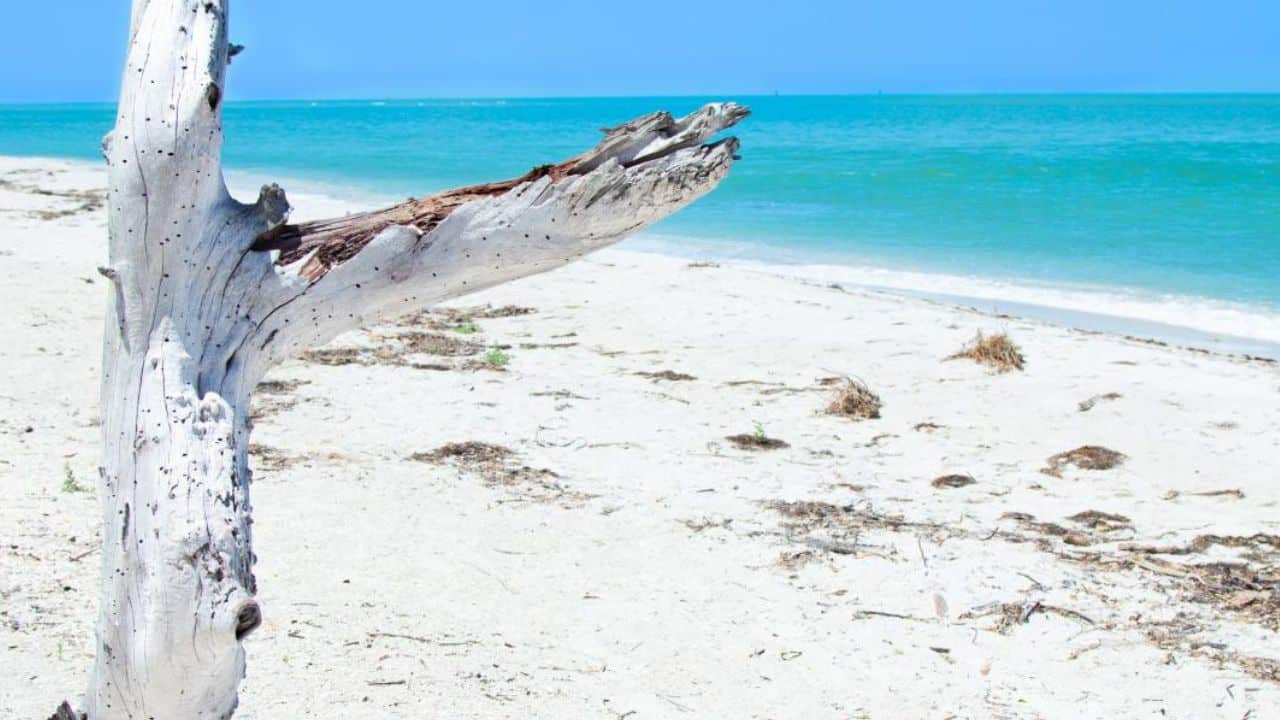
- Map
- Toilets: yes
- Water availability: yes
- Visitor frequency: medium
A part of one of Florida’s scenic state parks, Cayo Costa is a place where you can pitch your tent, set up your hammock, or do both; although the ground tends to be soggy, which is why hammocks are so big around these parts.
Reaching Cayo Costa is a challenging task as it requires a boat. Alternatively, if you don’t own a boat and don’t want to sail privately, you can buy a $20 ferry ticket. Cost-wise, there will be another $22 per night fee if you plan to stay within the borders of the state park.
Even primitive camping at Cayo Costa feels like going to a seaside resort, as the campground sits on sandy beaches and the weather is almost always sunny.
The island is reasonably well-covered when it comes to amenities. Once you reach your campsite (one of 30 primitive campsites present), you will have easy access to potable water, picnic tables, and fire grills. There are also flush toilets and even shower facilities. Although camping on this island is primitive, reserving a spot is necessary. You can book a site in advance at this link.
A quick note: Securing hammocks against local vegetation is strongly prohibited. Hammock camping is allowed, but you must strap your hammocks on poles you brought or are already there.
Cotton Landing
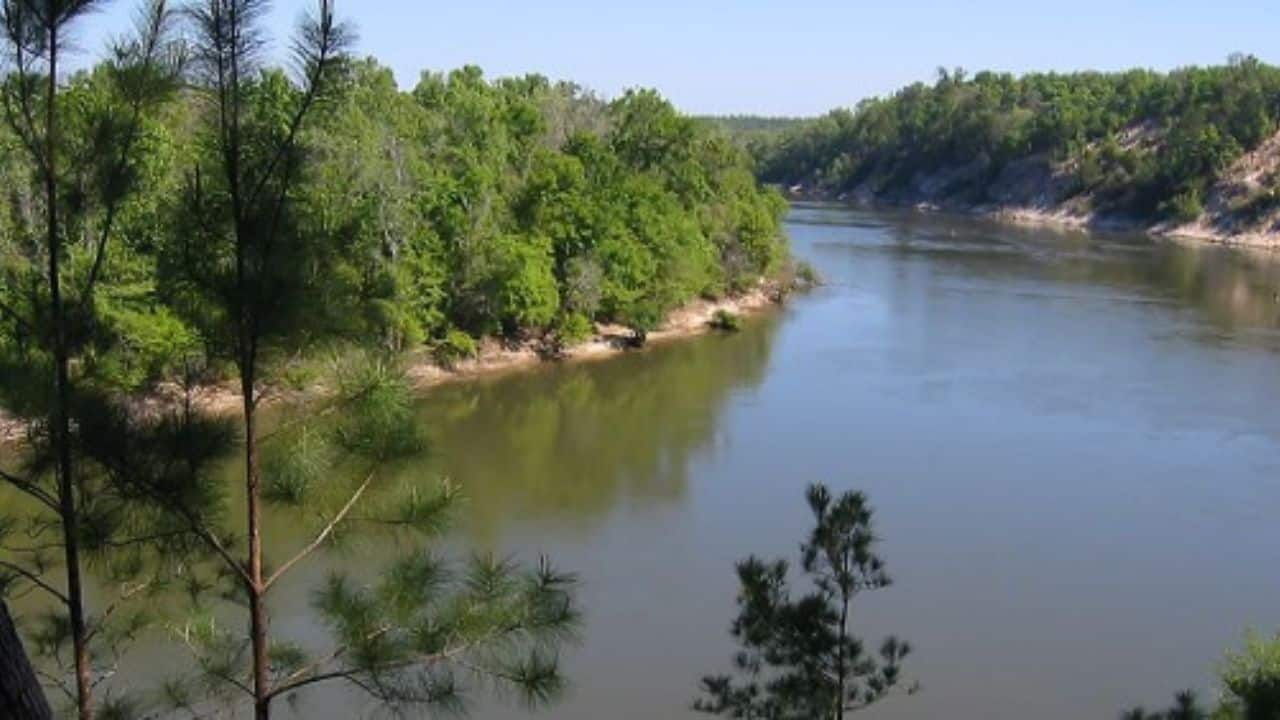
- Map
- Toilets: no
- Water availability: no
- Visitor frequency: medium
Cotton Landing offers a unique opportunity if you’d like to pitch your tent in an area close to the water but away from large, significant rivers. This curiously-named boat ramp and respite area sit on Kennedy Creek, a minor subsidiary of the Apalachicola, which is only about 4 miles away from this landing.
The many bodies of water in this region contribute to the overall swampiness of this part of Florida, and Cotton Landing is no exception. The conditions on the ground are usually moist, and the humidity is high, which makes camping a specific challenge for those not used to the climate.
The local vegetation thrives in these conditions, and Cotton Landing provides an excellent opportunity to observe the immense beauty of Florida’s cypress swamps – high-density marshland dominated by big cypress trees and home to critters such as river otters but also American alligators.
Cotton Landing offers a rather well-kempt clearing that is perfect for primitive camping. Seasonally, hunters use this place as a base camp to prepare for the upcoming hunting season. Also, kayaking is a major attraction here as the water flow at Kennedy Creek is slow enough to paddle both downstream and upstream.
Cotton Landing features access to potable water and toilets.
Buckhorn Hunt Camp
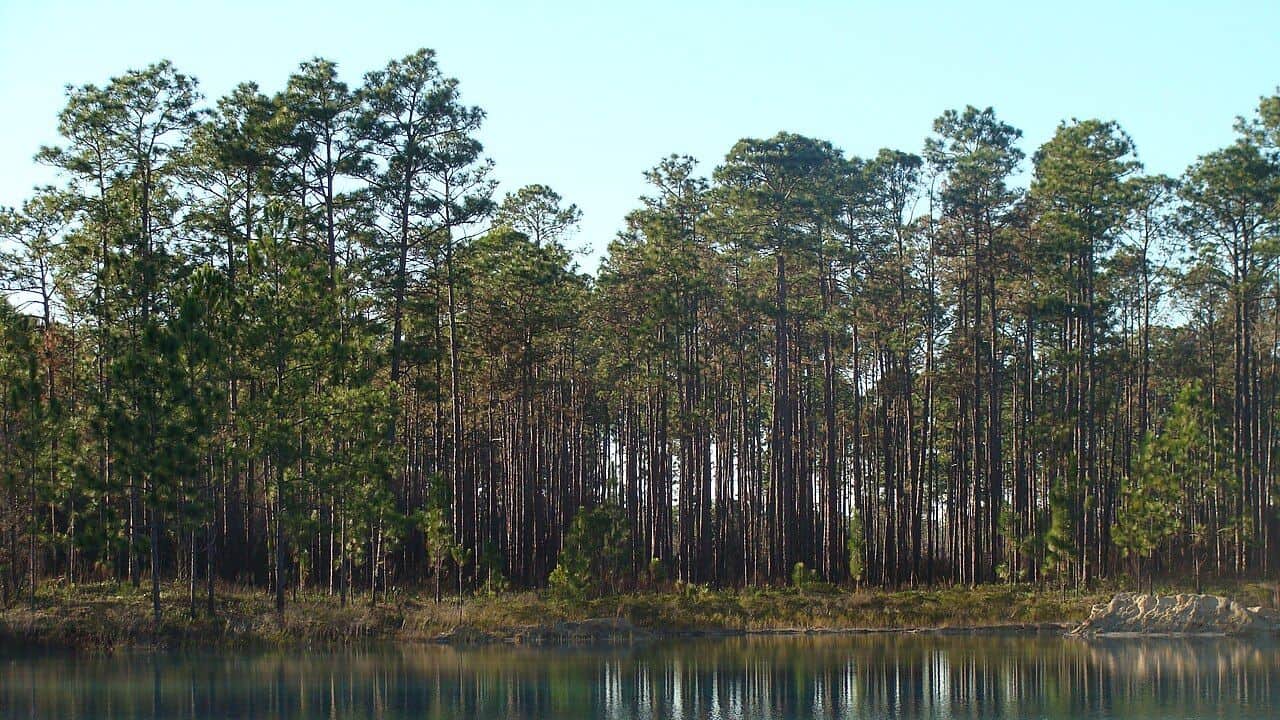
- Map
- Toilets: no
- Water availability: no
- Visitor frequency: low (high during the hunting season)
As its name suggests, Buckhorn Hunt Camp is a place dedicated to camping and hunting, as hunters often use it to prepare for an upcoming hunting excursion.
With its location in the Apalachicola National Forest, Buckhorn Hunt Camp offers a relatively well-developed network of roads that you can take to get to the main campground.
If you’d like to visit this part of Florida onboard your RV, the Buckhorn Hunt Camp can be the perfect option, unless it is peak hunting season and all the sites are occupied. It’s always best to scout ahead and check availability from late November through early February, as this is the most high-frequency hunting season.
Buckhorn Hunt Camp is a reasonably flat, simple campground with no access to potable water. Its flatness means you will find a spot to park your RV or pitch your tent quite easily. There are vault toilets present at the campground, and there are also a couple of fire rings.
Given this patch of forest’s immense popularity among hunters (many of whom have dogs), you can rest assured that bringing pets for this excursion is totally doable.
Francis Trailhead
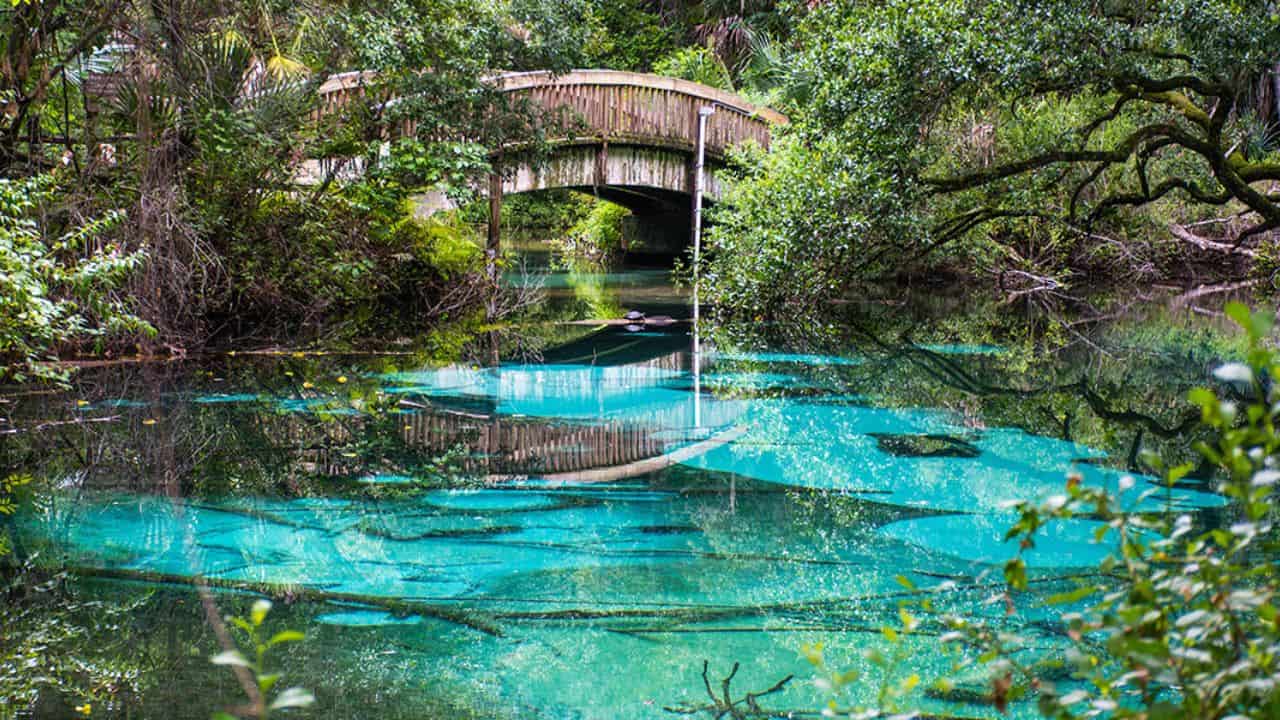
- Map
- Toilets: no
- Water availability: no
- Visitor frequency: medium
Representing a fantastic primitive camping opportunity for anyone looking to pitch their tent at a local woodland hiker’s base camp – St. Francis Trailhead can be an excellent solution.
In season, hunters and hikers typically use this campground as a starting point for their expedition. That said, as long as you arrive before everyone else, you can snatch a site and enjoy some of the most beautiful nature in the southeastern Ocala National Forest.
While camping at the trailhead is probably the safest bet, backpackers are often welcome to primitive camp anywhere along the trail.
So, even if you don’t find a spot at first, following the track for a while and then finding a suitable pullout within the forest will do the trick. Somewhere at the 3-mile mark along the trail, backpackers can discover ample camping opportunities underneath immense, shade-providing oak trees.
The local well that runs continuously also provides an ongoing source of potable water. At the campground itself, however, there is no source of potable water, so bringing your supplies is necessary.
An important note: During the hunting season, hikers must wear bright orange fluorescent vests for increased visibility and protection.
Juniper Prairie Wilderness
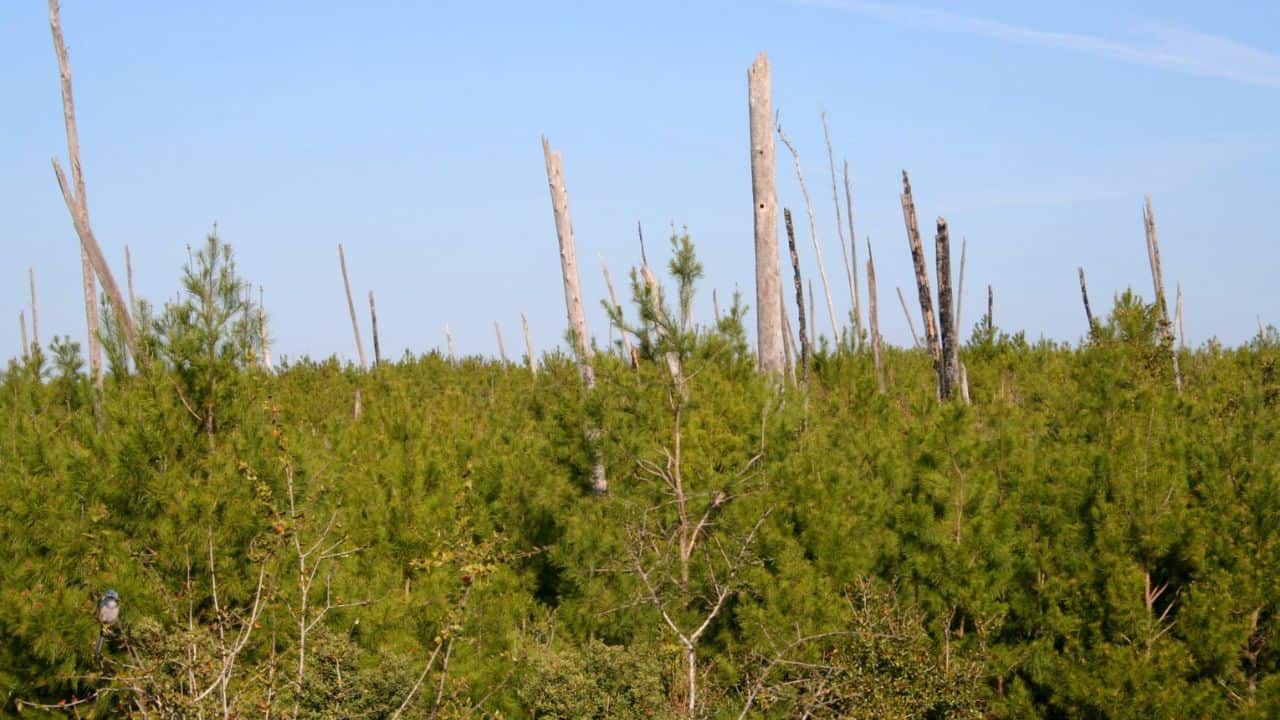
- Map
- Toilets: yes
- Water availability: no
- Visitor frequency: low
Spanning over 14,000 acres of unadulterated prairie, Juniper Prairie Wilderness is a scenic patch of territory where you can find some of the best primitive campgrounds in Florida.
Although this area covers a large territory, there are no roads anywhere since it’s a designated wilderness area, so RV-ing in these parts is a no-go. Checking the current status of this area before heading into it is a must, as Juniper Prairie Wilderness is often closed for a while after a wildfire.
Unfortunately, the absence of roads makes firefighting challenging, so forest fires are a frequent problem.
Juniper prairie is a backpacker’s paradise, rich in various wildlife and unique, biodiverse terrain. Trekking through this region, you will encounter sawgrass marshes, flatwoods with nothing but pine as far as the eye can see, oak scrubs, shallow lakes, and hardwood swamps.
The best camping destination in this area would be the so-called Hidden Pond. While you won’t find any amenities around here, you will get an opportunity to relax and even dip in the pond (you can also filter the water from the pond if you don’t have any other options).
Anastasia State Park
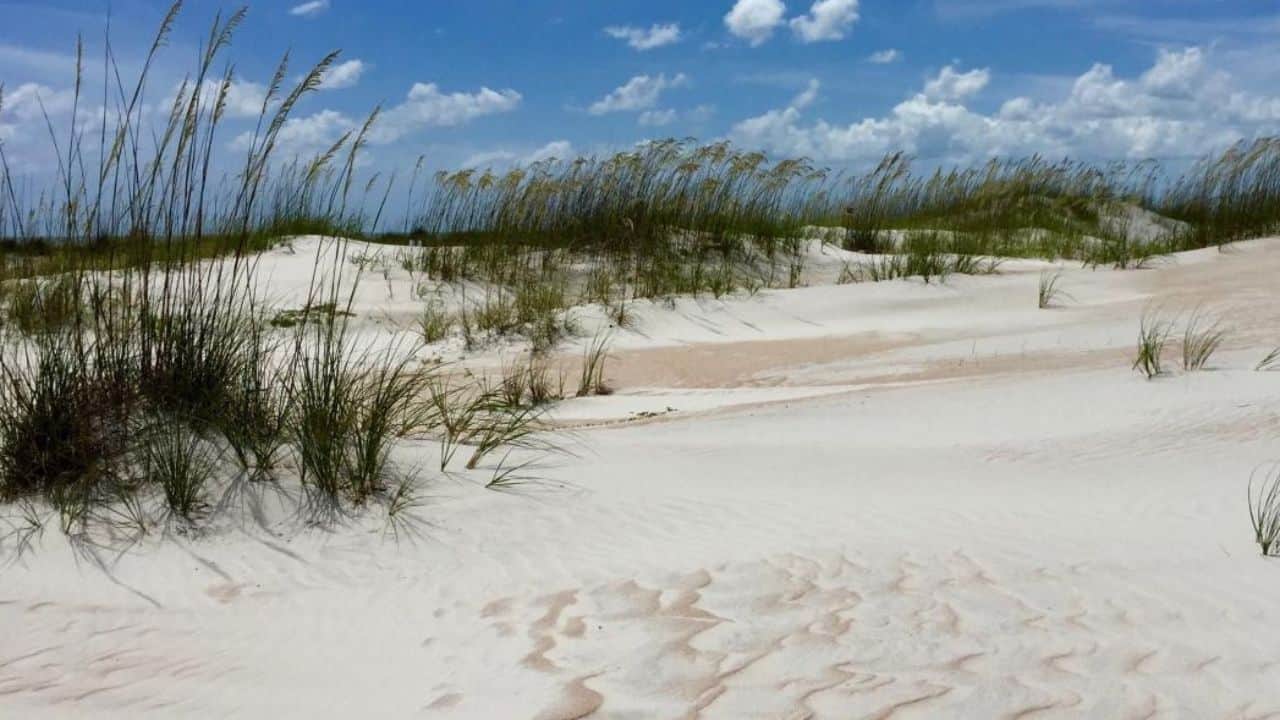
- Map
- Toilets: yes
- Water availability: yes
- Visitor frequency: high
In northeast Florida, stretching along the Atlantic coast, you will find the island of Anastasia and its corresponding state park. Camping is allowed on the entirety of the island, but some sections are better suited for a primitive camping trip than others.
Some sites on this island feature running water, shower facilities, and toilets, while the others will give you more of a bare-bones type of camping experience. The authorities charge $28 a night to camp here, and the island is pet-friendly. There is no electricity on this island.
Regarding campgrounds themselves, you will have quite a few options, and given the rather incredible biodiversity of this island; you can choose to camp on a wide variety of surfaces – from beaches, mangroves, sandy dunes, and plenty of marshland with unique vegetation.
Tents, RVs, and hammocks are the most common ways to set up camp in this state park. There are 139 sites here, many quite close to the beach. Some areas have picnic tables and grills, so you can throw an exciting beachside party with a campfire and roasting sausages and marshmallows.
Once you’ve savored the delights of Florida, why not step off the beaten path and venture into the wilderness with primitive camping in Illinois? Or perhaps, consider the lure of the open skies with free camping in Montana. Both offer unique adventures that could be the perfect next chapter in your outdoor journey.
Wildlife Awareness
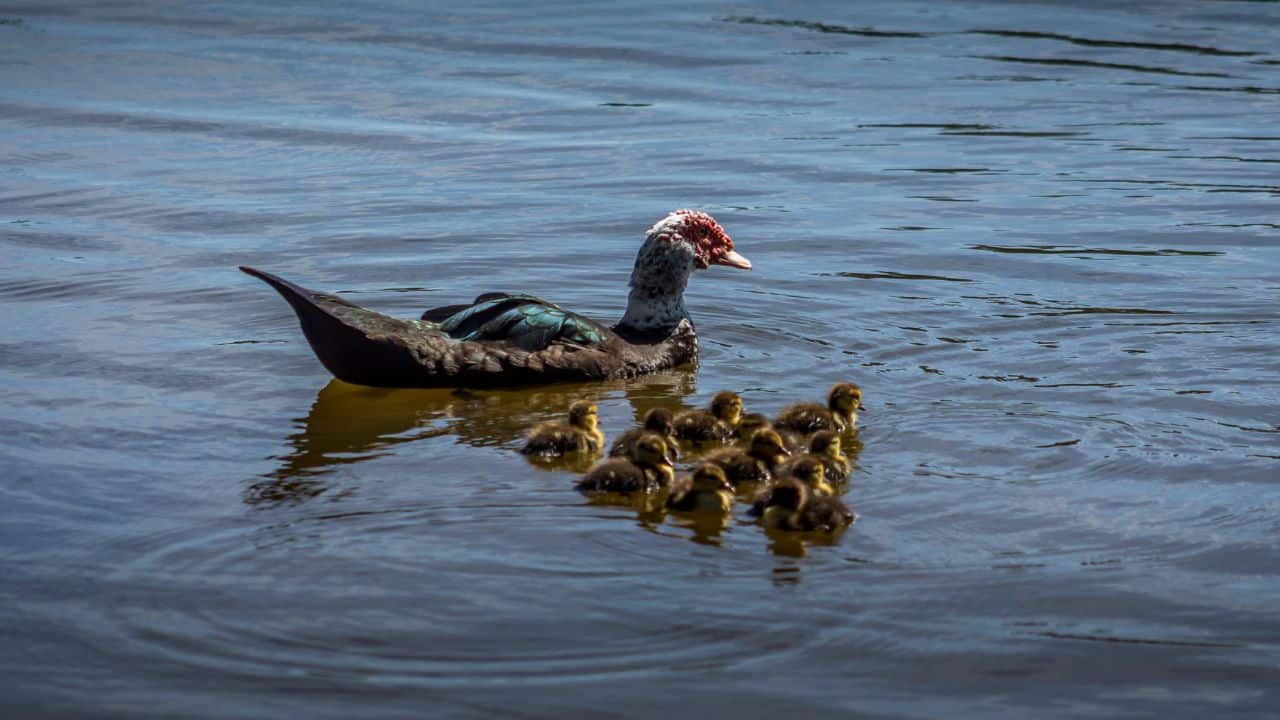
To say that Florida has some of the wealthiest, most biodiverse flora and fauna in the US would be an understatement. The list of majestic but also dangerous animals in this highly humid, subtropical part of the world adjacent to the Atlantic Ocean continues.
Florida is home to Floridian black bears, panthers, bobcats, wild boars, raccoons, chitals, and American bears, representing significant mammals. Then there are the reptiles, including alligators and American crocodiles, as well as a range of snakes, including rattlesnakes, eastern rat snakes, and major constrictors such as the Burmese python.
Ever since a couple of irresponsible pet owners let their giant constrictor snakes escape their pet status and become wild again, the whole broader area of Everglades became a modern-day iteration of Jurassic Park. It is not uncommon to see giant alligators fight large boas and pythons to death in all patches of this national park.
The list of native and dangerous invasive species in Everglades is reasonably long, so you should respect the animals in this part of the US.
As far as Florida’s national forests go, black bears tend to be at the top of the food chain. For this reason, if you plan to visit any of these areas, bringing bear sprays, lockable food storage containers, and getting the latest info on the status of these animals is a must.
Here is an exhaustive guide about what to do if you encounter a black bear in Florida (the Florida Fish and Wildlife Conservation Commission prepared this guide).
Campfires
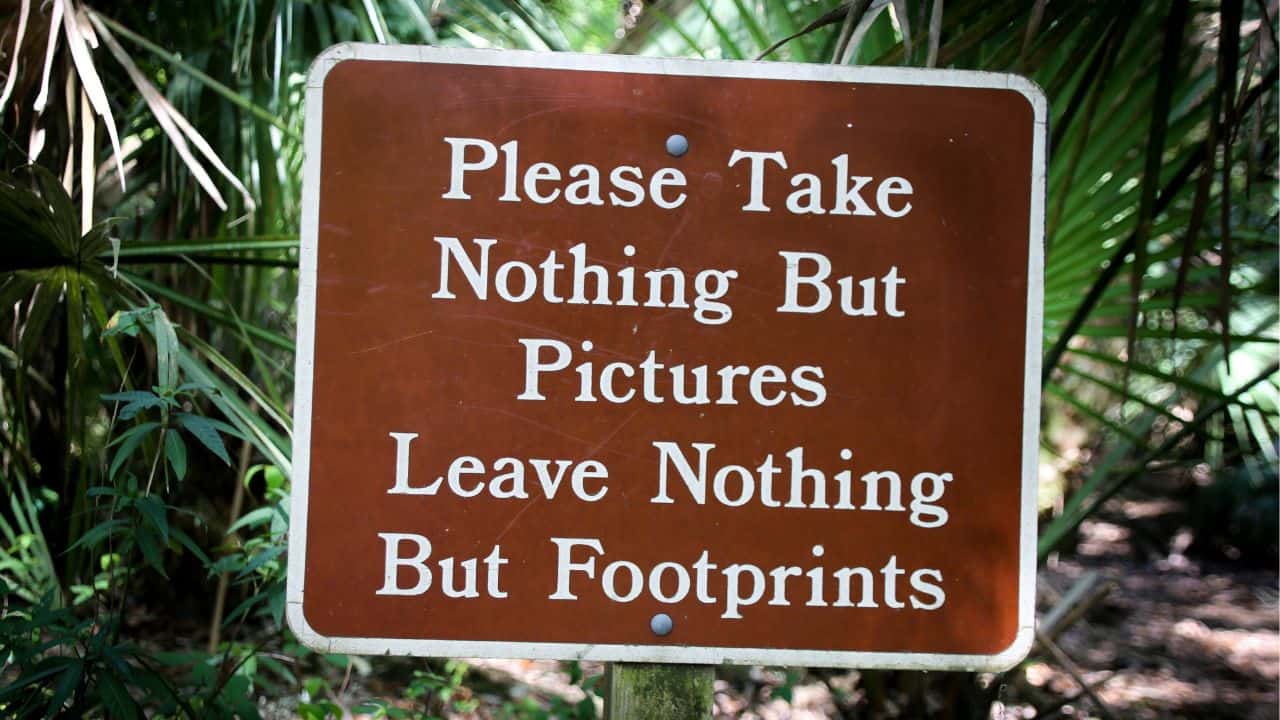
Throughout Florida, forest fires and wildfires, in general, tend to be significant problems.
While the high humidity contributes to the fast growth of trees and plants, during the summer, the high temperatures can cause spontaneous fires that can damage vast territories. This mainly affects the so-called designated ‘wilderness areas’ as no roads and other infrastructure could facilitate firefighting.
To minimize the negative impacts of wildfires and avoid risking starting one yourself, follow these rules of conduct at campgrounds:
- Do not camp in a region with an ongoing wildfire-related restriction in force.
- Use existing fire rings, pans, and mound fires when starting a campfire.
- Do not cut down live trees for firewood. Locally source only dead pieces of wood
- Ensure your campfire is entirely out before leaving (use water to douse any remaining embers or use a shovel to cover and extinguish the fire with dust and dirt).
Where to Next?
All in all, camping in Florida, with an RV, a tent, or a series of hammocks, is a unique experience that you must experience to believe.
The humid climate, sunny weather, and beautiful terrain give this US state a vastly rich flora and fauna, which you must respect.
If the charm of Florida has sparked your adventurous spirit, you might be enticed to try a fresh escapade – primitive camping in Texas. Compact yet teeming with diverse landscapes and wildlife, this destination promises a unique escapade. Ready for a new challenge? Texas awaits!

I love hiking, backpacking, and camping. From the Camino de Santiago to the West Highland Way in Scotland or simply a great day hike on the weekend. Hiking refreshes me, my mind, and keeps my body reasonably fit. So far I have walked three Camino routes and many other long distance hikes in the UK, Canada, and around the rest of Europe. One of the best was my hike up Ben Nevis.

